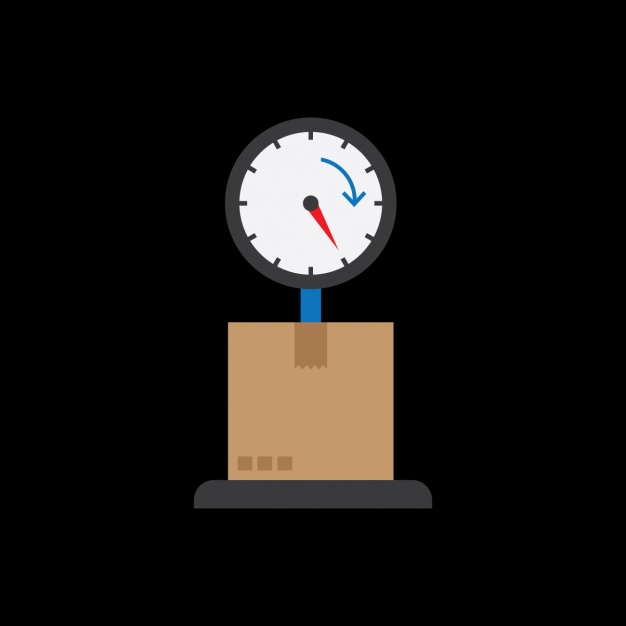How To Calculate The Billable Weight Of A Package
Yes, sometimes shipping rates can seem arbitrary – even the inexpensive courier services from netParcel – but there’s actually a lot that goes into determining the cost to ship a package. A main factor in the cost of shipping is what is known as “billable weight”, which you can determine by calculating the dimensional weight of your package and the actual weight of your package, and choosing the higher number. Now, if that sounds like Greek to you, don’t worry. In this post, we’ll look at why couriers do it this way, and how to calculate both the dimensional weight and actual weight to give you your billable weight.
So why is it done this way? This concept of dimensional weight charges is relatively new in the transportation industry, having been implemented on all packages by UPS and FedEx in 2015. It makes total sense once you consider it though: prior to the implementation of dimensional weight charges, couriers went by gross weight alone, meaning that large, light packages cost less than a small, dense, heavy package. But those large packages take up more space, meaning the courier was losing money on them. The switch to dimensional weight/billable weight levelled the playing field, and became one more way that we at netParcel were able to offer low prices on shipping services instantly and reliably.
Calculating Dimensional Weight
In order to calculate the dimensional weight of your package (which some couriers will refer to as the volumetric weight), you must first determine its cubic size, which you do by multiplying its length, width and height together. But there are some rules to follow here: you want to find the longest point when you’re measuring, meaning that if there are any bulges or irregularities, you include them in the measurement; and you also round to the nearest whole number (for instance 15.49 would be 15, and 15.51 would be 16).
With the cubic size determined, all you have to do from here is divide by 5,000 (assuming you are measuring in centimetres, not inches). Round to the nearest whole number again and this will give you your billable weight. So once again, that’s L x W x H / 5,000.

Calculating The Actual Weight
Calculating the actual weight is considerably easier, since all you need is a scale. Weigh your package, and then round to the nearest whole number (whether that’s in pounds or in kilograms). Of course, there’s no shortage of DIY ways to approximate the weight of an item, but for this purpose it’s worth investing in a good quality, accurate scale that’s big enough to comfortably seat whatever package needs weighing.
Determining The Billable Weight
Your billable weight is the higher of these two numbers. So, say your package had a cubic size of 50cm x 50cm x 50cm, and a weight of 27kg. 50 x 50 x 50 / 5,000 gives us a dimensional weight of 25kg, so in this case the actual weight (27kg) would be taken over the dimensional weight. Once you get a hang of it, it’s really quite simple.
While dimensional weight charges are a relatively new way of doing things, they are both logical and understandable. Of course, if you have any questions about this or any other matter concerning shipping, contact us anytime for shipping support through our website. We hope this post has helped any lingering questions you might have had about billable weight.


No Comments